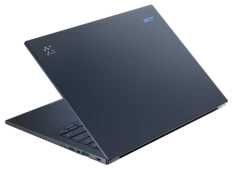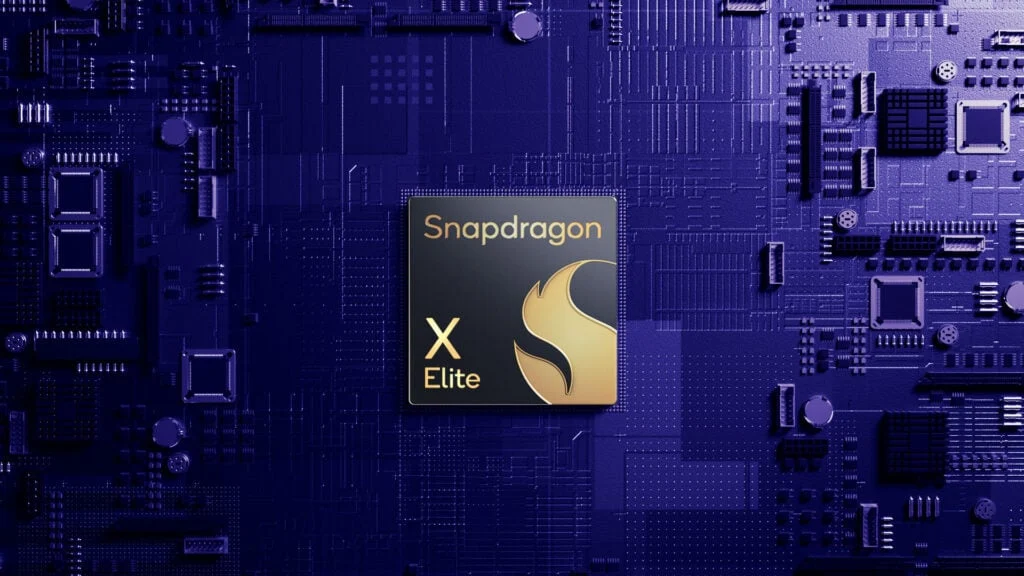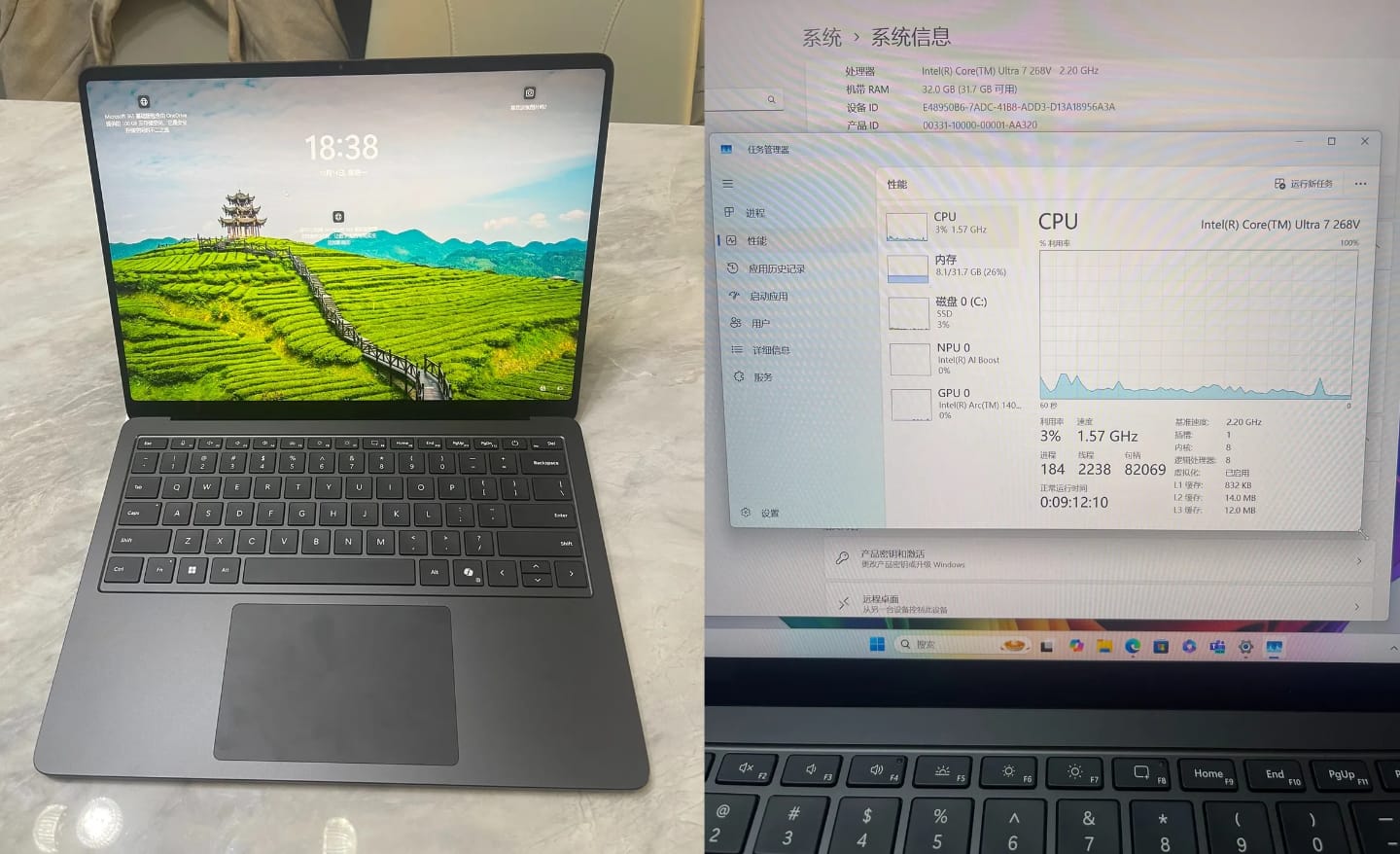Key Takeaways
1. AMD Ryzen 200 and Intel Core 200 are based on 2023 technology, but budget laptops often use outdated processors.
2. Qualcomm’s Oryon processors introduce competitive ARM technology to the laptop market, featuring eight to twelve cores.
3. Qualcomm targets affordable laptops with the Snapdragon X series, offering options below $1,000 while using the latest technology.
4. The Snapdragon X processor provides impressive performance and over 19 hours of battery life, outperforming some Intel options.
5. Competition in the market drives innovation, with expectations for Qualcomm to further impact the sub-$1,000 laptop segment.
AMD Ryzen 200 is built on 2023 technology, while the Intel Core 200 utilizes Intel’s Raptor Lake, also from the same year. It’s unfortunate that budget laptops often get neglected by chip makers, who equip them with processors that may have trendy names but are, in fact, outdated. These processors aren’t slow, but their performance can’t match the efficiency of the latest CPU designs that take advantage of newer manufacturing processes. It seems like the time when you could find a Core i3 or Ryzen 3 using cutting-edge technology is a thing of the past.
Qualcomm’s Impact on the Market
Amidst this landscape, Qualcomm emerges as a refreshing change for consumers. As a relatively new player in the PC sector—especially concerning competitive System on Chips (SoCs)—Qualcomm’s entry with its Oryon processors featuring eight to twelve cores has shaken up the laptop market. The Snapdragon X CPUs are pioneering competitive ARM processors designed for Windows laptops, marking a significant development.
Targeting Affordable Laptops
To expand its influence, Qualcomm appears to be focusing on a specific niche: affordable laptops. The Snapdragon X Elite and Snapdragon X Pro are clearly aimed at the higher-end market, priced above $1,000, while the Snapdragon X is designed for those looking for options below this key price point. For instance, the Lenovo IdeaPad Slim 3 15Q8X10, which we thoroughly reviewed, starts at about $600. What’s unique about the Snapdragon X is that it’s essentially a scaled-down version of the X Elite and X Pro, utilizing the latest technology, unlike the budget options from Intel and AMD.
Impressive Performance and Battery Life
In exchange, customers receive a robust eight-core processor that operates efficiently, allowing the IdeaPad Slim 3 (available on Amazon) to boast over 19 hours of battery life. The Lenovo device remains remarkably cool even during stress tests, outperforming its Intel counterpart, the Intel Core 5 210H. AMD is also feeling the heat, as to compete with the Snapdragon X’s performance, it must offer at least an AMD Ryzen 7 250 or Ryzen 7 8840U.
In summary, it can be concluded that competition invigorates the market! We are eager to see if Qualcomm will introduce its latest technology into the sub-$1,000 bracket with its next generation of Oryon processors.
Source:
Link










